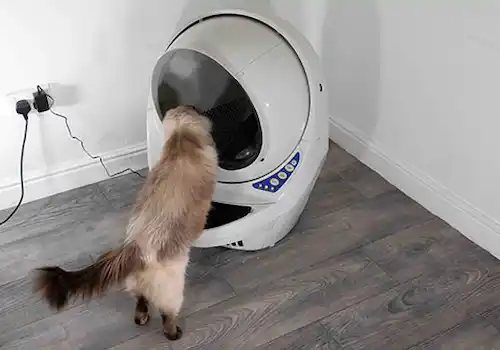What can you expect from a cat with hypertrophic cardiomyopathy (HCM)? Vet Andrea Harvey explains.
(Q) My 14-month-old cat Honey was recently diagnosed with hypertrophic cardiomyopathy (HCM). We've been told that she's likely to die within six months to a year due to fluid on the lungs.
I have heard of a cat that was diagnosed with HCM at 18 months and his owners were told he would not see his second birthday - yet he is still alive at the age of six.
Honey is still (and always has been) a bright and active cat. What is the outlook for a cat with this condition and what are the signs of deterioration? Is there really nothing that can be done when fluid on the lungs begins?
Vet Andrea Harvey advises: This is the average life expectancy for a cat diagnosed with heart disease, but there will always be cats who live less than this, and others who live longer. There is no definite way of knowing, but what your vets have said is what they feel is most likely.
It is impossible for me to give much more specific information on the prognosis without knowing a lot more about Honey's condition. Some cats can have very mild changes which may not progress, while others already have quite advanced changes at the time of diagnosis. There are some information sheets about feline heart disease, produced by International Cat Care - available.
The cause of death for cats with HCM is most commonly due to fluid on the lungs, as described by your vets. If this occurs, then treatment with diuretics certainly can be very useful and can keep some cats free of further signs for a reasonable period. However, these drugs are only of benefit once fluid build-up occurs.
Eventually fluid recurs despite treatment and this is when nothing further can be done. To monitor for fluid build-up, regularly, count Honey's resting breathing rate while she is asleep. This should be below 30 breaths in one minute. It's easiest to count over ten to 15 seconds and then multiply up to give the number of breaths per minute. If you notice this increasing significantly, or if it is above 50 at rest, then there may be fluid on the lungs and you should consult your vet.
It will be more noticeable if Honey develops very rapid breathing or difficulty breathing, but you will pick it up much earlier if you count her breathing rate regularly. There aren't any treatments that can be given at this stage to prevent the progression of heart disease.
Apart from the breathing, other signs of deterioration may include increased sleeping, being off food, and episodes of weakness. I would advise discussing all of your concerns further with your vet.







